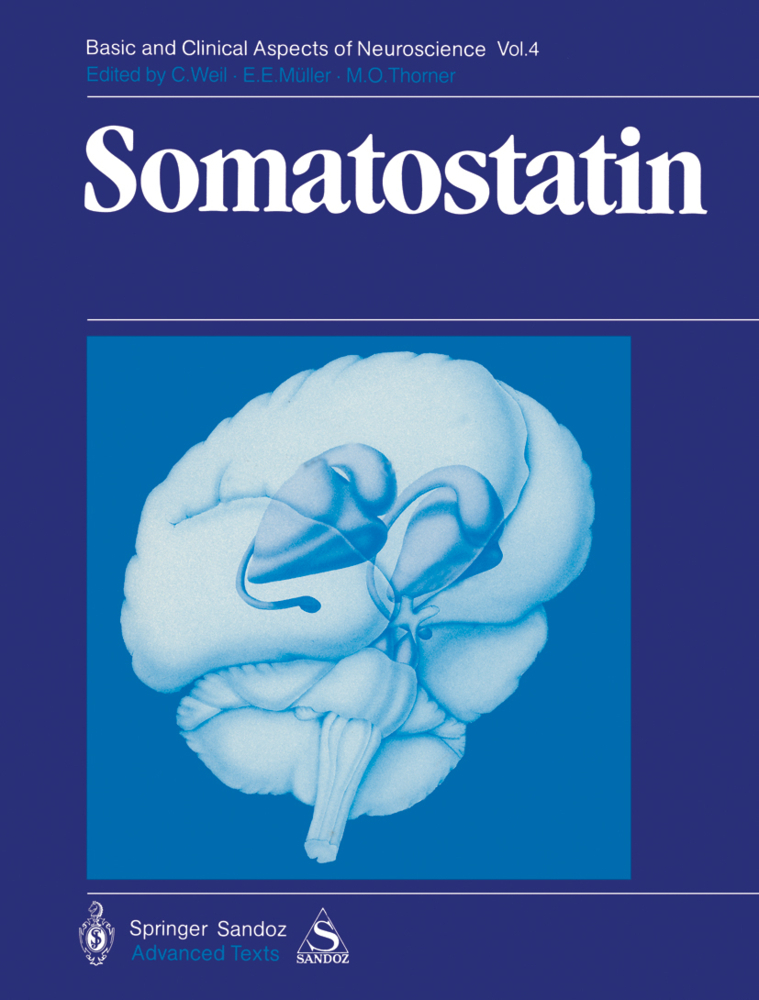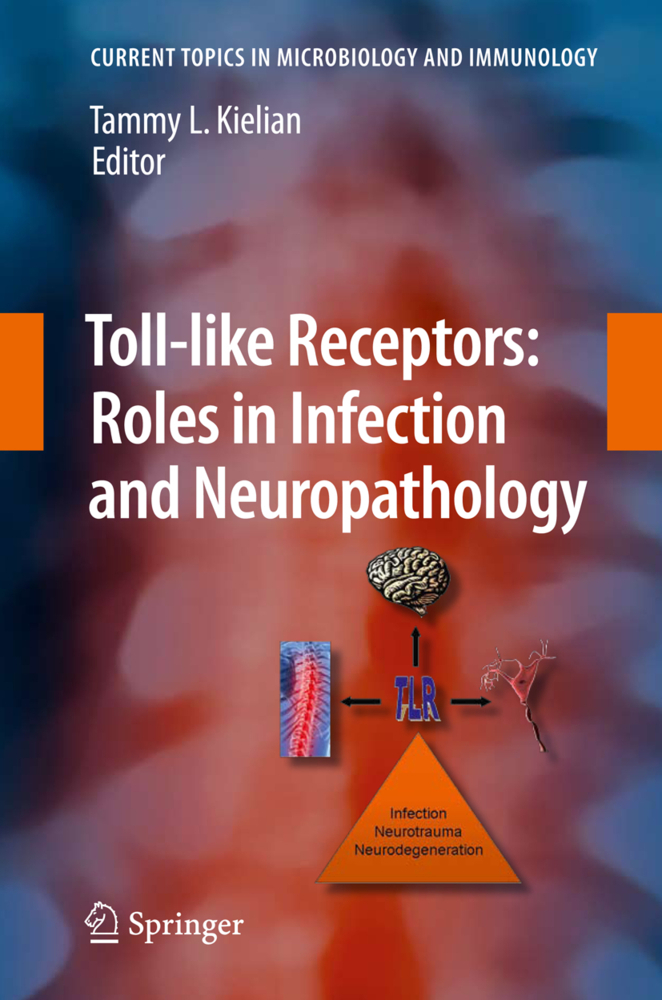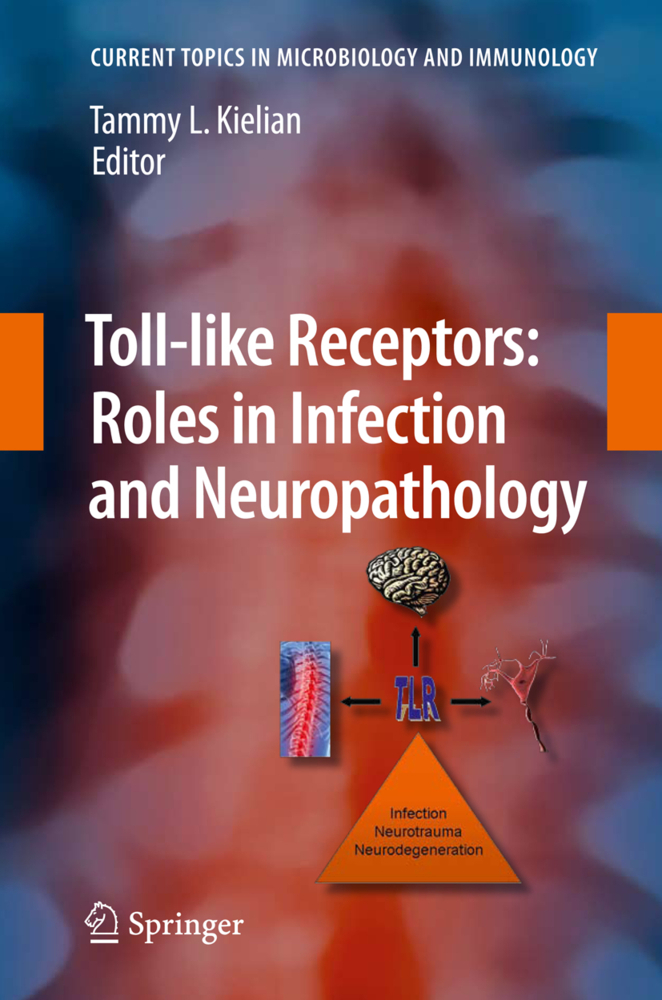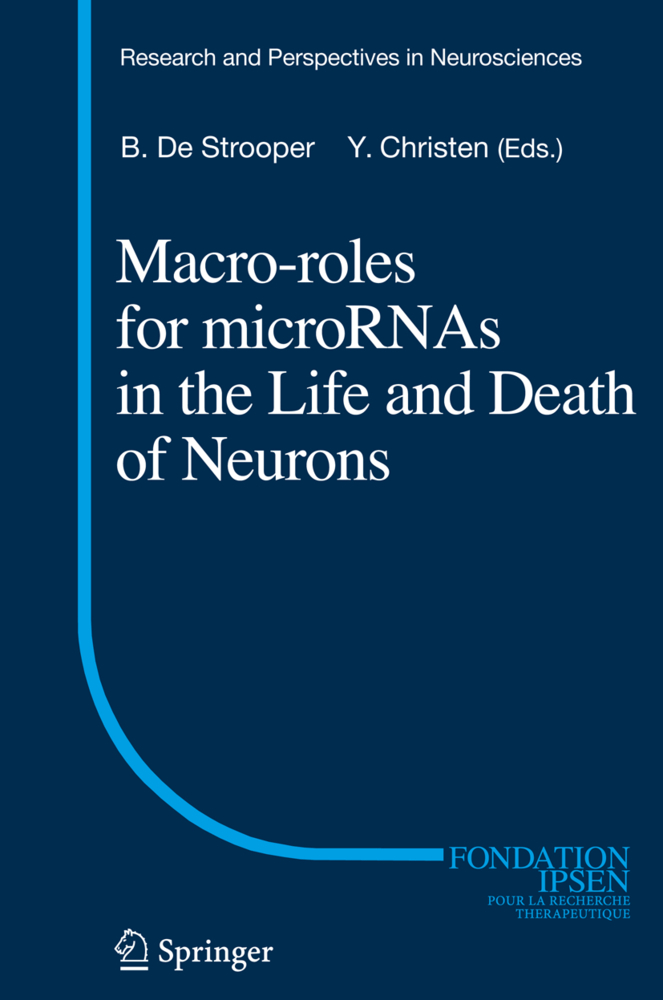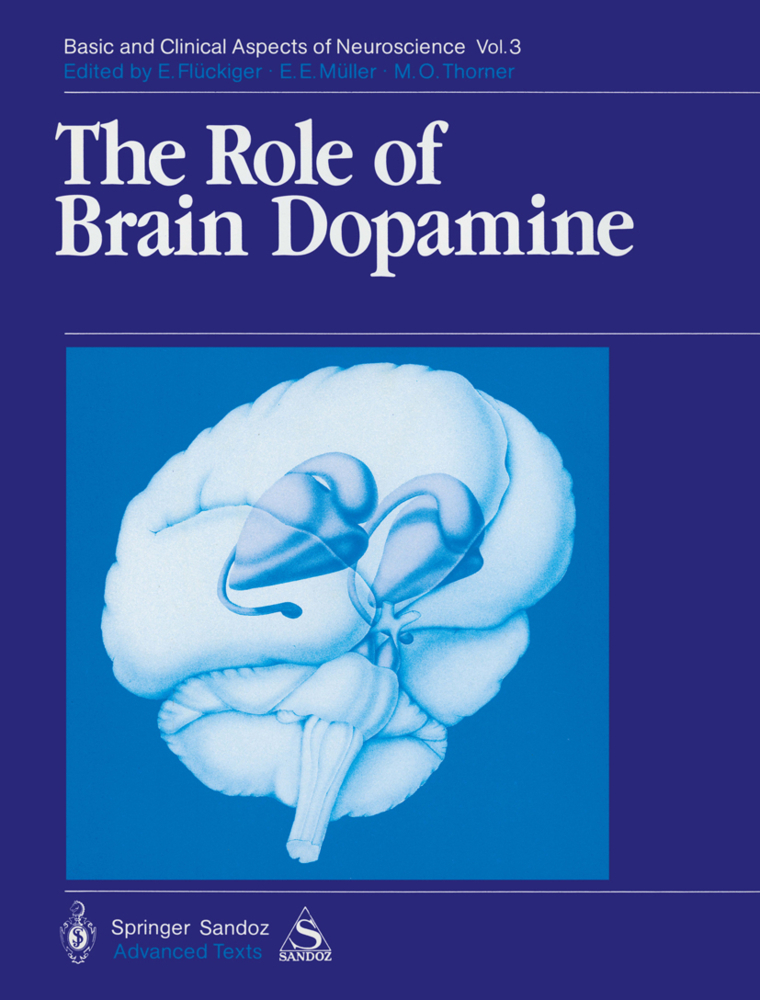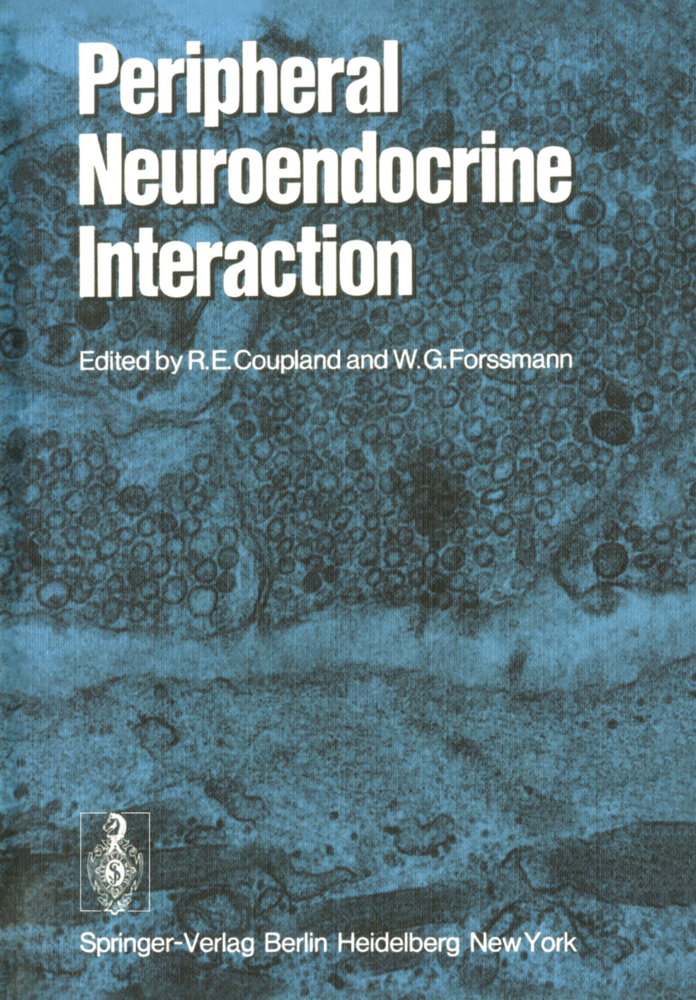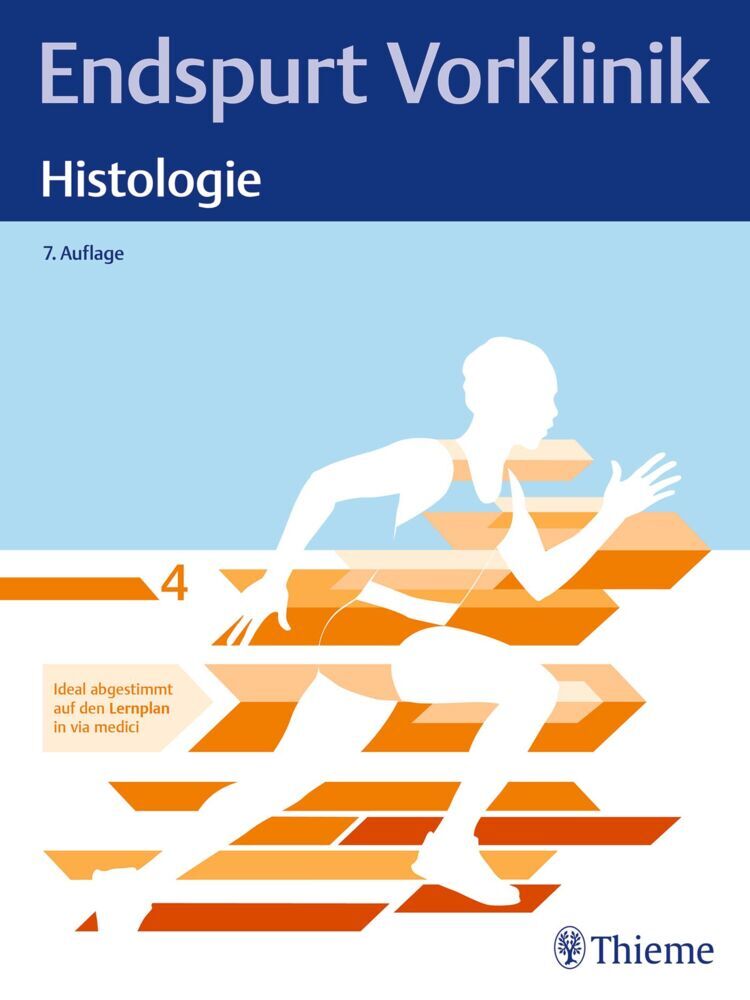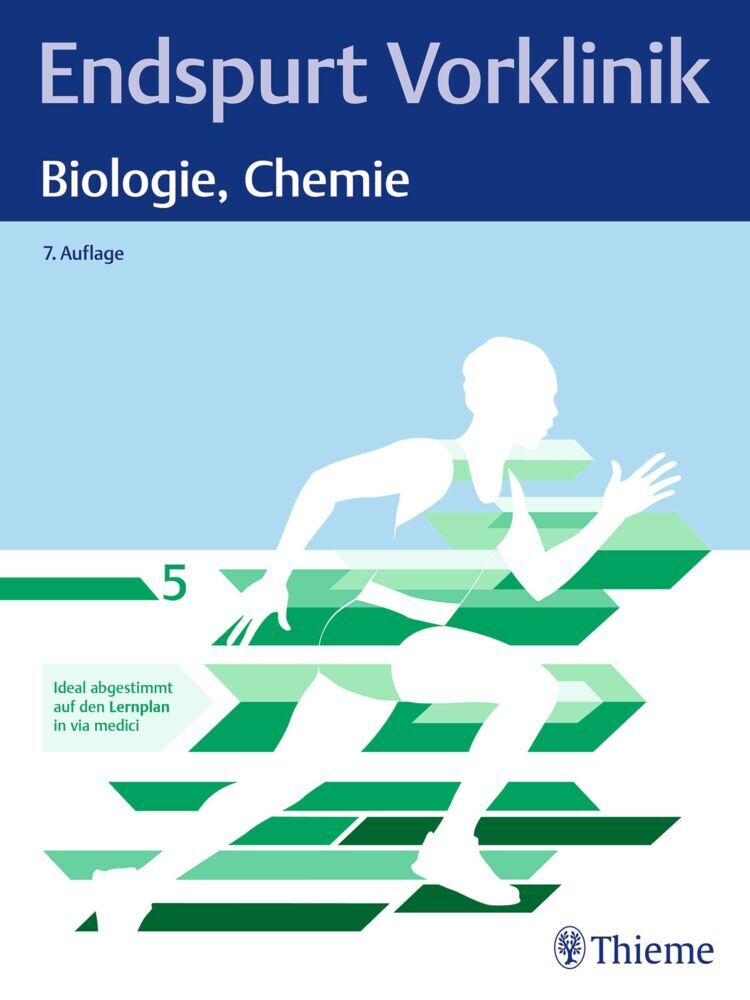Somatostatin
Somatostatin
One of the phylogenetically oldest hormones, somatostatin is
a regulatory peptide with remarkable characteristics. It is
a nonclassical neurotransmitter discovered less than 20
years ago both in the central nervous system and in the
gastroenteropancreatic system. It regulates the secretion of
both pituitary and digestive hormones, it ensures nutrient
homeostasis and it has therapeutic uses. This volume deals
withall these aspects.
Evolution of Somatostatin Genes and Gene Products
Anatomical Distribution of Somatostatin Cells
Somatostatin in the Blood and Other Body Fluids
Actions of Somatostatin
Molecular Model of Somatostatin Action
Regulation of Somatostatin Secretion and Gene Expression
Physiological Significance of Somatostatin
Somatostatin in Disease
References
Somatostatin Receptors in the Central Nervous System
Somatostatin Receptors
Somatostatin Receptors in Pathology
Conclusion
References
Somatostatin in Neuropsychiatric Disorders
Neuropsychiatric Disease-Related Alterations
Central Nervous System Effects of Somatostatin
Somatostatin in Affective Disorder: Clinical Relevance
Endocrine Correlates
Role in Seizure Disorders and Effects of Psychopharmacological Agents.
Conclusions
References
The Physiological Role of Somatostatin in the Regulation of Nutrient Homeostasis
Release of Somatostatin
Mechanisms of Somatostatin Release
Physiological Effects of Somatostatin
Somatostatin and Nutrient Entry into the Circulation
References
Therapeutic Use of Somatostatin and Octreotide Acetate in Neuroendocrine Tumors
Pharmacology of Octreotide Acetate
The Effects of Somatostatin and Octreotide on the Pituitary
The Effects of Somatostatin and Octreotide on Neuroendocrine Tumors of the Gut
Unresolved Issues
References.
a regulatory peptide with remarkable characteristics. It is
a nonclassical neurotransmitter discovered less than 20
years ago both in the central nervous system and in the
gastroenteropancreatic system. It regulates the secretion of
both pituitary and digestive hormones, it ensures nutrient
homeostasis and it has therapeutic uses. This volume deals
withall these aspects.
General Aspects of the Biology and Function of Somatostatin
Molecular Heterogeneity of SomatostatinEvolution of Somatostatin Genes and Gene Products
Anatomical Distribution of Somatostatin Cells
Somatostatin in the Blood and Other Body Fluids
Actions of Somatostatin
Molecular Model of Somatostatin Action
Regulation of Somatostatin Secretion and Gene Expression
Physiological Significance of Somatostatin
Somatostatin in Disease
References
Somatostatin Receptors in the Central Nervous System
Somatostatin Receptors
Somatostatin Receptors in Pathology
Conclusion
References
Somatostatin in Neuropsychiatric Disorders
Neuropsychiatric Disease-Related Alterations
Central Nervous System Effects of Somatostatin
Somatostatin in Affective Disorder: Clinical Relevance
Endocrine Correlates
Role in Seizure Disorders and Effects of Psychopharmacological Agents.
Conclusions
References
The Physiological Role of Somatostatin in the Regulation of Nutrient Homeostasis
Release of Somatostatin
Mechanisms of Somatostatin Release
Physiological Effects of Somatostatin
Somatostatin and Nutrient Entry into the Circulation
References
Therapeutic Use of Somatostatin and Octreotide Acetate in Neuroendocrine Tumors
Pharmacology of Octreotide Acetate
The Effects of Somatostatin and Octreotide on the Pituitary
The Effects of Somatostatin and Octreotide on Neuroendocrine Tumors of the Gut
Unresolved Issues
References.
Patel, Y. C.
Epelbaum, J.
Rubinow, D. R.
Davis, C. L.
Post, R. M.
Schusdziarra, V.
Maton, P. N.
Arakaki, R. F.
| ISBN | 978-3-540-54569-9 |
|---|---|
| Artikelnummer | 9783540545699 |
| Medientyp | Buch |
| Copyrightjahr | 1992 |
| Verlag | Springer, Berlin |
| Umfang | X, 66 Seiten |
| Abbildungen | X, 66 p. 1 illus. |
| Sprache | Englisch |

